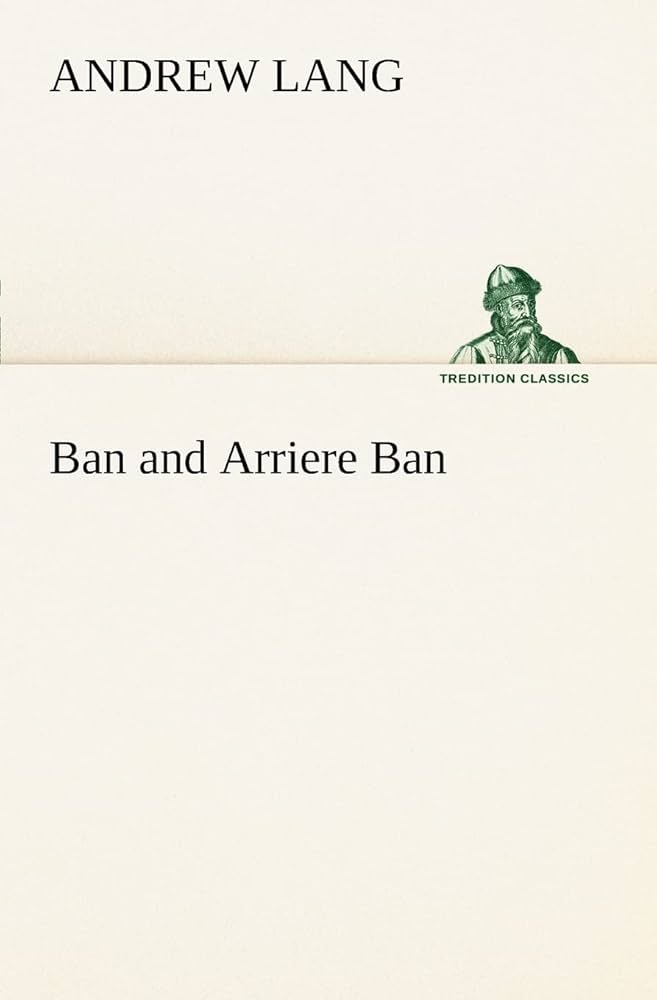The Fairy Minister
byThe Fairy Minister steps quietly into history during the troubled year of 1692, where conflict raged at Killiecrankie and lives were lost to both sword and political betrayal. Yet in Aberfoyle, away from bloodied fields, Reverend Robert Kirk walked in peace among mossy hills, believed to be touched by something more delicate and ancient than war. Revered by his congregation and, curiously, beloved by the Fairies, Kirk spent his final days in quiet communion with the unseen. Legends grew from his deep knowledge of the fairy realm—of green knolls, twilight dances, and whispers carried on the breeze. When he vanished, not buried but absorbed into mystery, many said he had been taken by those otherworldly friends. Neither condemned nor saved, he became a soul lodged between realms, immortalized in silence and folklore, remembered as the minister who knew too much.
His fate stirred both wonder and envy. While others aged and faltered under earthly burdens, Kirk was believed to serve in the eternal twilight of the Fairy Court, dressed in green, his sermons now delivered beneath moonlit branches. Tales of laboring Brownies and seductive fairy maidens have since faded, and the heaths lie quiet where once ghostly dances spun through the night. The world has become too loud, too taxed, too logical for fairies to remain. Yet in some corners of the imagination, Kirk’s voice still lingers, offering blessings beyond human creed. His story remains not as warning, but as an invitation to believe in something softer, more mysterious, and defiantly unknowable. That he was chosen speaks not to power, but to a deep harmony with the hidden order of the world.
In a whimsical shift, the tale drifts to Robert Louis Stevenson, a man far from Scotland’s lochs but bound by the same love for myth and wonder. Stevenson, though exiled by health to gentler climates, carried the wild spirit of the north within him. There were no peats to burn, no trout-filled streams to stir, and certainly no Presbyterian fire in his tropical surroundings—but his imagination made up for all that. The poem gently mocks his absence from the homeland, yet praises how his words ignite the same flickering belief that Kirk once embodied. Though physically distant, Stevenson stayed tethered by memory, and that connection—like Kirk’s with the Fairies—transcended time and soil.
Where Kirk brought the unseen close, Stevenson brings the distant near. Through story, he feeds foreign readers with glimpses of Scotland’s soul—its fierce piety, its mossy hills, its legends half-believed and wholly loved. Even the pagan heart, the text jokes, might one day crave bannocks or shiver under the weight of a Scottish sermon. Stevenson becomes, in his way, a modern fairy minister—not snatched away, but willingly exiled, spreading the old songs in new lands. Just as Kirk became an emissary to the Fairies, Stevenson becomes a bridge from Scotland to the world. The two are kindred spirits, one caught between dimensions, the other between continents, both shaping the way we imagine what lies beyond the veil of reality.
This chapter, half elegy and half praise, carries the murmur of moss and myth, and in doing so, it reminds us why we turn to folklore. In Kirk, we find the sacredness of mystery kept alive by faith in the unseen. In Stevenson, we find the joy of transmitting that mystery to places unknowing. Both men reveal that wonder is not limited to childhood or to place; it travels through language, memory, and belief. Whether wandering fairy hills or tropical islands, the work remains the same—to keep enchantment alive, even when the world forgets. And in doing so, they both become legends, not because they chased magic, but because they let it find them.

